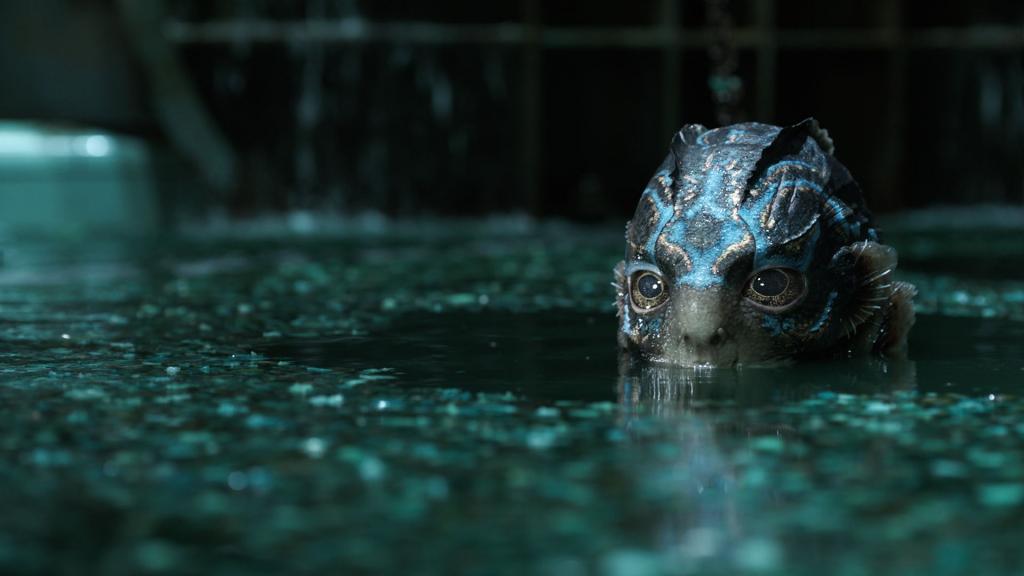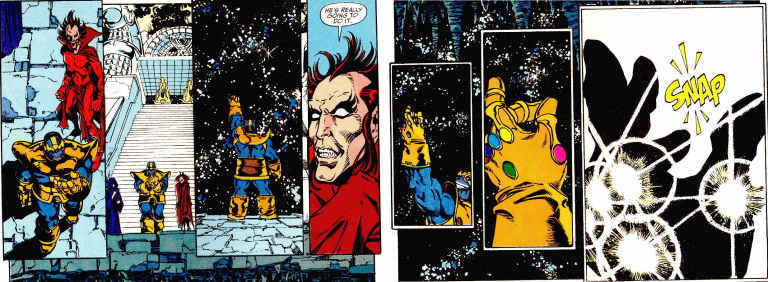
Surprise, Surprise
After Guillermo del Toro’s impressive win at the Golden Globes it appears that his The Shape of Water stands a real chance of taking home a similar Oscar haul, perhaps even the coveted Best Picture award.
On a personal level I am a del Toro fan. Horror is my favorite genre by volume and I can’t think of a foreign language horror movie I enjoyed more than The Devil’s Backbone. Looking over his IMDB page before sitting down to write this piece I realized I have seen – and enjoyed – a considerable majority of his work (right down to the episodes of Trollhunters I watch with my kids).
Continuing the theme, I’ve now seen The Shape of Water and, as a result, dealing with the disappointment of being let down by a storyteller I had come to trust.
Characterization by Sexualization
Look – I get it. It is a cool idea – del Toro does The Creature from the Black Lagoon. I’ve been tracking this project from early on (I initially thought this film was del Toro sticking it to Universal for not letting him have a Creature from the Black Lagoon remake but was surprised to find this wasn’t actually the case) and was on board from the jump.
No surprise – del Toro delivers a visually lush world of startling creatures and vibrant characters (in particular Michael Shannon who is now officially my favorite broken-and-evil bad guy actor). It is kind of del Toro’s thing. Even so, The Shape of Water is also too full of things we, as image bearers, just didn’t need.
We don’t need the early and regularly-repeated sexualization of Sally Hawkins’ Elisa. The audience can pick up on her being a woman isolated without needing every intimate detail of her morning routine. Similarly, the audience can appreciate her femininity without having her naked body paraded in front of the camera [seemingly] every third time she is on screen in her apartment.
Most significantly, we also don’t need a fairy tale love story built on cross-species love affairs telling us comforting falsehoods about the nature of love and our quest for identity.
A Love Story for Liquid Modernity[1]
Here’s what I mean – These are the two major themes of The Shape of Water:
- Love, like water, fits itself into whatever container it is placed. And if that container is the relationship between a woman and a merman then what possible relational connection can be taken off the table as a legitimate option? None we can imagine.
- Love is the great agent of transformation and transcendence: If pursued without inhibition love has the power not only to bring us into the deepest satisfaction but even to reveal our most authentic selves, much like a normal woman finding out she’s actual a merwoman as she embraces her merman lover under the waves.
As reassuring as our age may find those pretty little lies both falsehoods end up betraying those who take them up.
If the only quality legitimate love needs is the vessel of two participants then all sorts of predatory relationships which self-testify as relationships of love are legitimized. At the very least, defining love as the mere emotional response I have toward another being in a given moment (as the relationship at the heart The Shape of Water models) leaves us with no resources to by which to criticize destructive relationships that self-report as expressions of love.[2]
Sarah K. Balstrup recently published a study that addresses the kind of modern mythology that has colonized the Western conception of love. Commenting on this piece David C. Dollahite and Betsy VanDenBerghe rightly note,
The Western fixation on romantic love creates a crushing burden for mere mortals. It engenders a powerful myth regarding love, courtship, and marriage: that a fallible human partner can not only share our passions but sate our existential yearnings. Contemporary couples expect much more from marriage than it can realistically deliver, a phenomenon noted by social psychologists. As Eli Finkel of Northwestern University observes, “most of us will be kind of shocked by how many expectations and needs we’ve piled on top of this one relationship.”
More:
The myth of romantic love promises a faster, easier route to transcendence. Balstrup writes that relationships have “become the primary mythology of the sacred in the collective tongue” of Western culture. The initial rush of endorphins that accompanies falling in love and the sexual experience imitates the “religious experience of ultimacy.” Desire for this experience drives men and women forward in a quest for mythology’s unattainable lover. Proliferating online matchmaking services, part of a two-billion-dollar growth industry in which 15 percent of adults participate, attest to the appeal of this quest, as do dating coaches. These and other cottage industries offer seekers a form of providence oriented to romantic redemption.
The Shape of Self-Refutation
Guillermo del Toro is a thoughtful man and a true craftsman when it comes to filmmaking. In taking up the image of The Creature from the Black Lagoon as a principle romantic character The Shape of Water del Toro is doing something quite subversive. The strange otherness of The Creature once terrified us. In del Toro’s work we not only now root for The Creature (note: all well and good) but see him cast as a romantic partner for a human woman (much less well and good). In doing so del Toro tells us that it is good to now see as lovely the kind of human romantic and sexual pairings that would have horrified previous generations.
In The Shape of Water, then, quite literally everything about human nature and experience is subject to redefinition as easily as the shape of water can be redefined by being poured into a new container. Who I am, where my dignity arises from, with whom I will experience love, and how I will experience transcendency are not rooted in a fixed Created order but in my moment-by-moment experience of powerful emotional forces – an experience just as malleable as water itself.
However, at the end of the day water, for all its ability to take the shape of its container, remains entirely unusable as a foundation to build upon. Go ahead and test that conclusion: float a raft, build a tower on it, and see how long it takes you to find someone willing to write you an insurance policy against its collapse.
In naming his love story about the fluidity of love and its ability to reveal your true self del Toro has undermined his own thesis. Water in its liquid state is unstable. A home to live in – a place where you can know and be known – cannot be built on the shape of water, no matter how passionate and committed the builder. Some ideas simply will not hold.
Want to read more from Pop Culture Coram Deo covering movies contending for Oscar wins? Check out our Oscars tag!
You can subscribe to The Pop Culture Coram Deo Podcast on iTunes or stream via TuneIn!
Find Out How to Connect with The Pop Culture Coram Deo on Social Media Here!
– – – – – – – – – – – – – – – – – – – – – – – – – – –
[1] If the term Liquid Modernity is unfamiliar you can find a quick introduction to the concept originated by Zygmunt Bauman on this page from Routledge Publishing under the heading Postmodernity and Liquid Modernity.
[2] While not every non-traditional romantic and sexual pairing expresses itself in predatory self-justification we must also remember that (as an example of the dangers of this conception of love) The North American Man/Boy Love Association is a thing that exists and their arguments swim in the same waters as Elisa and her Amphibian Man.












